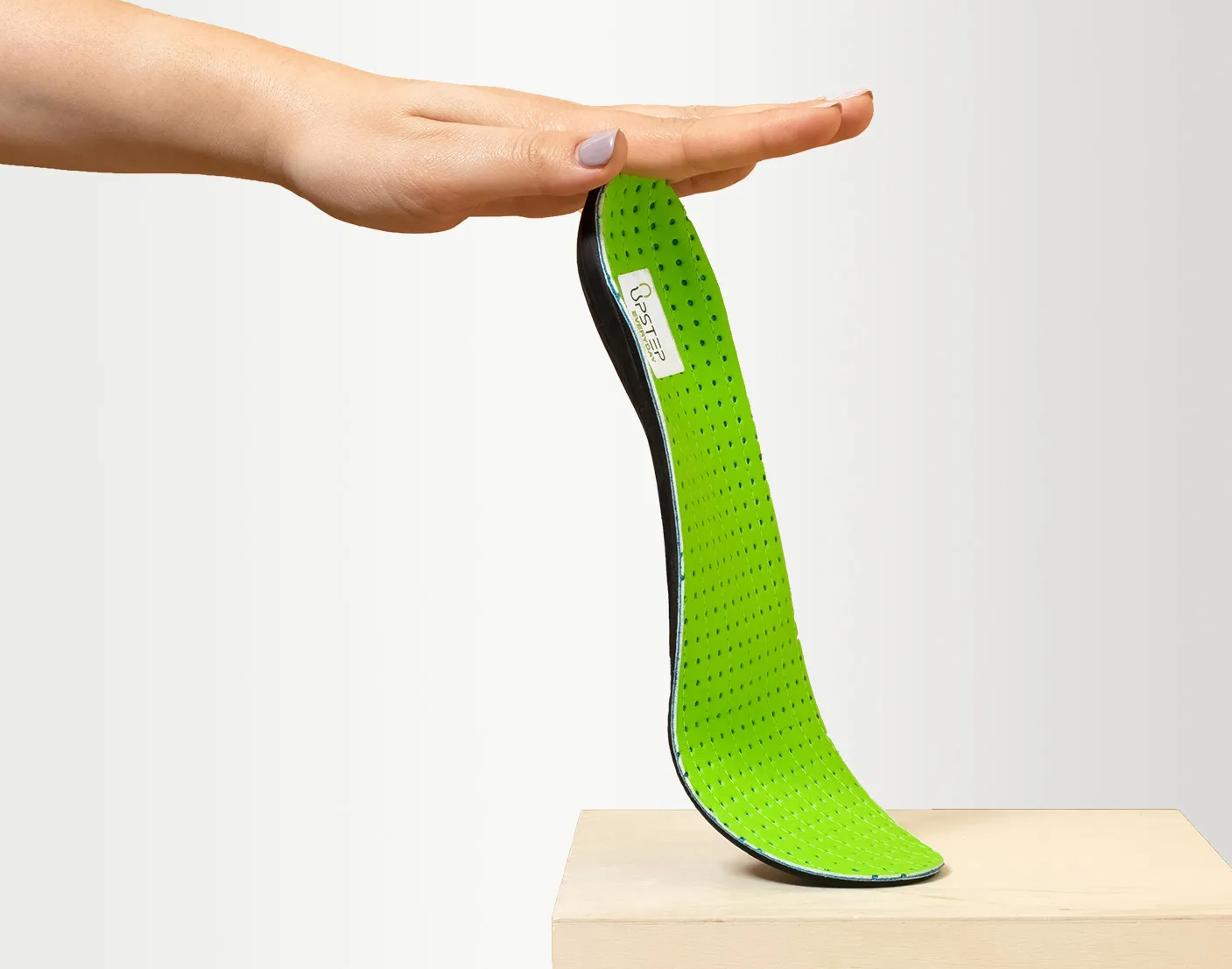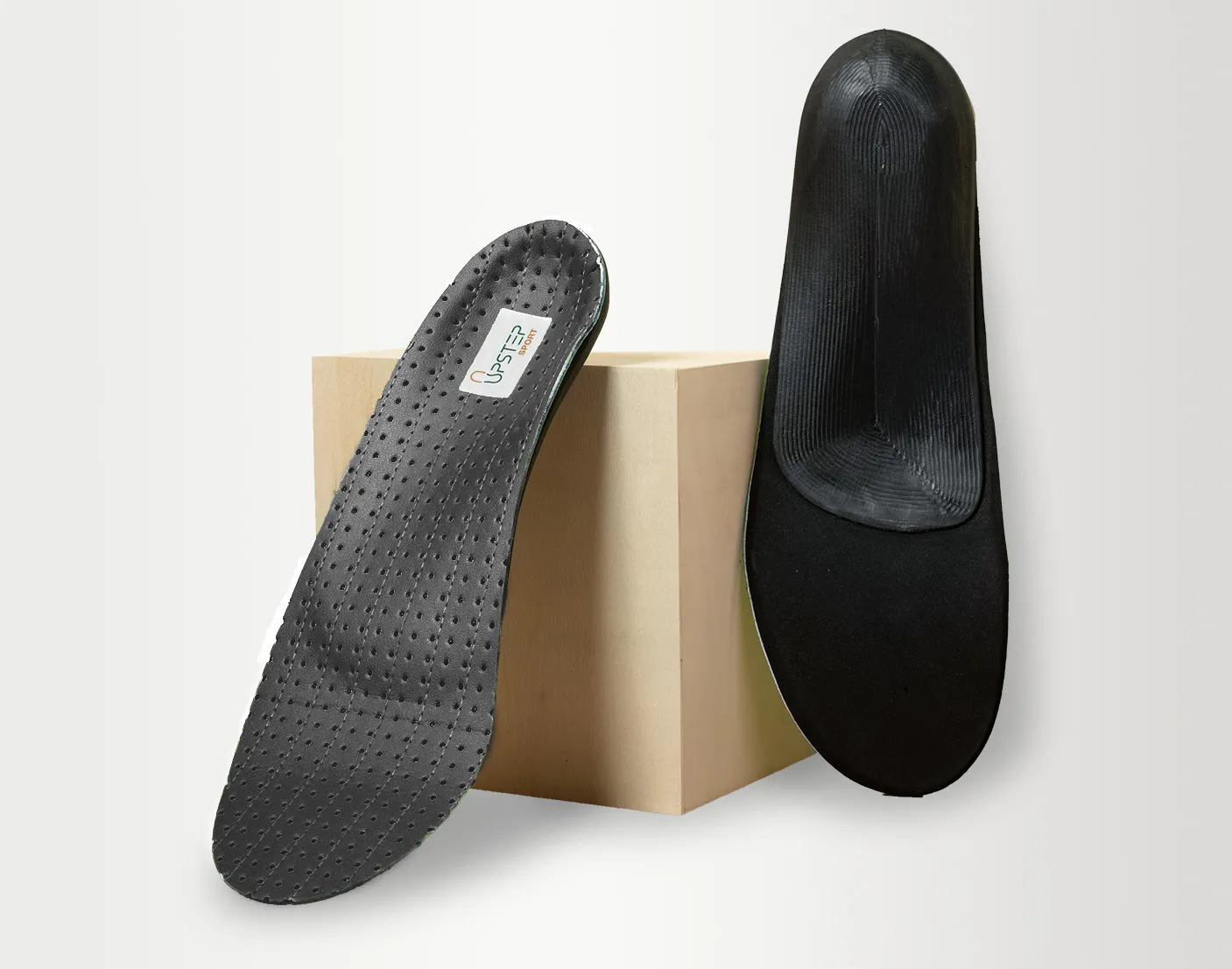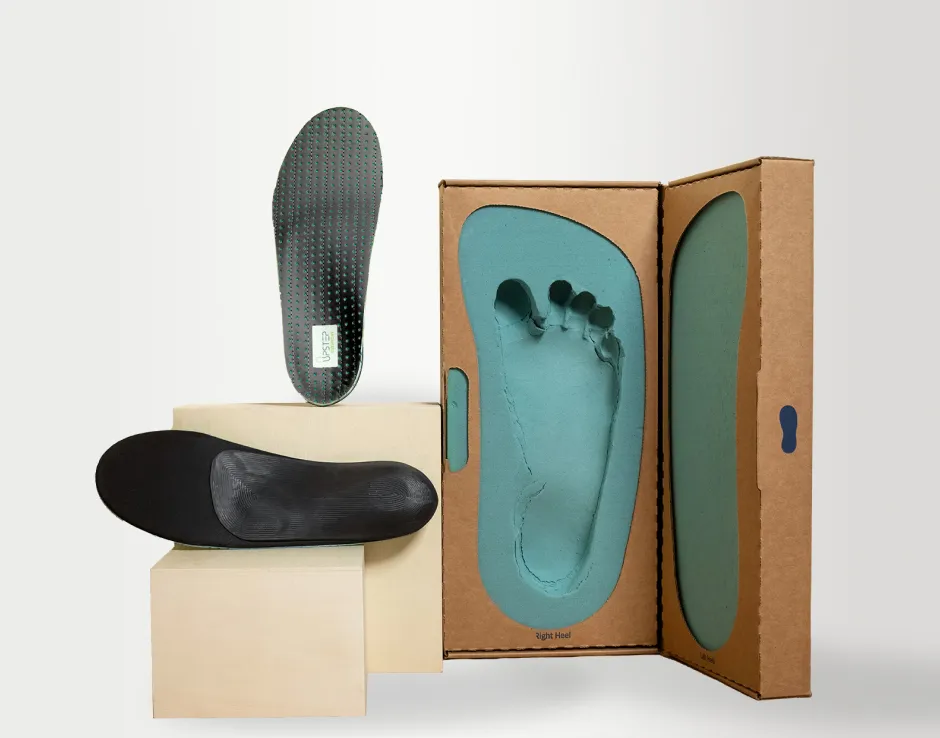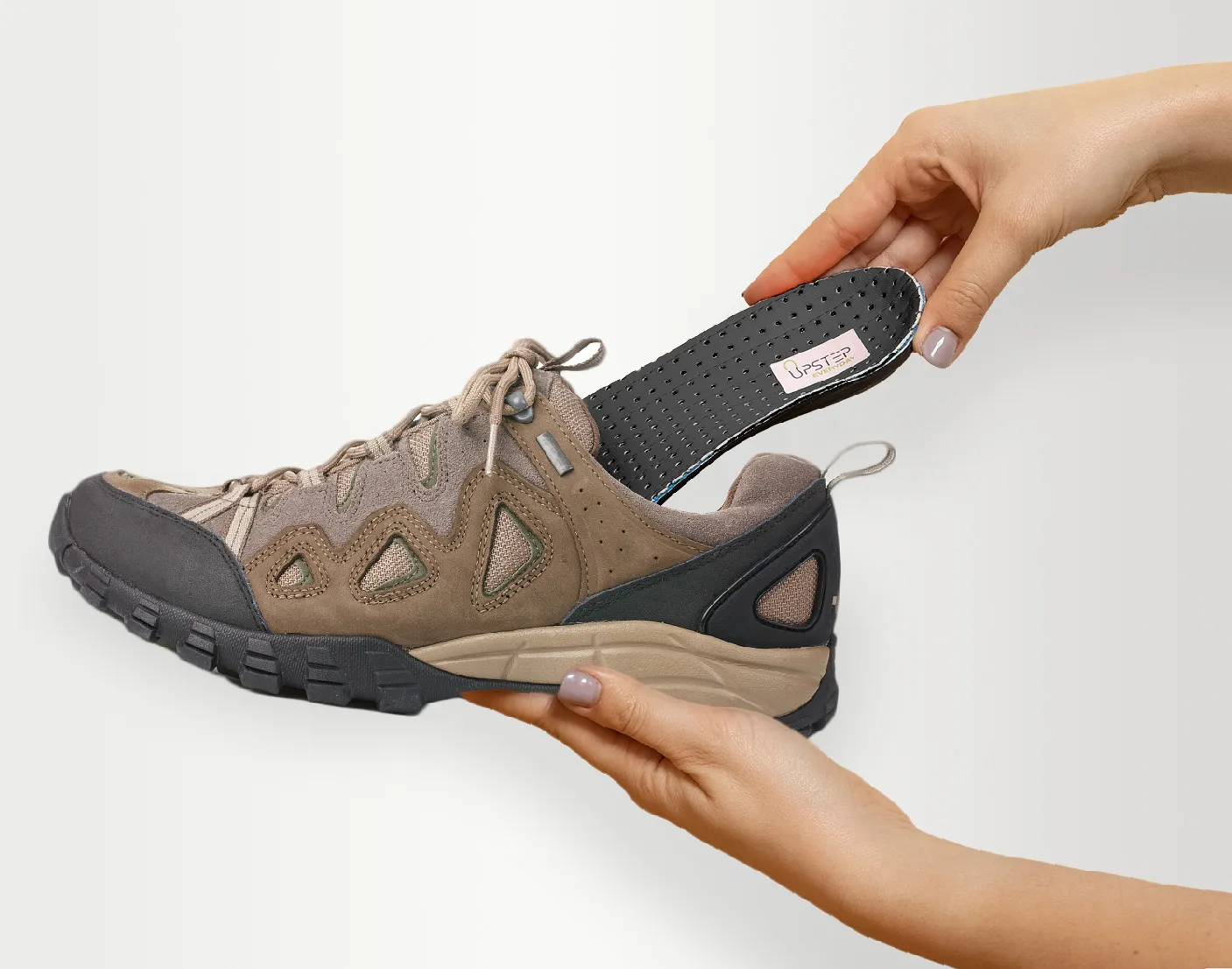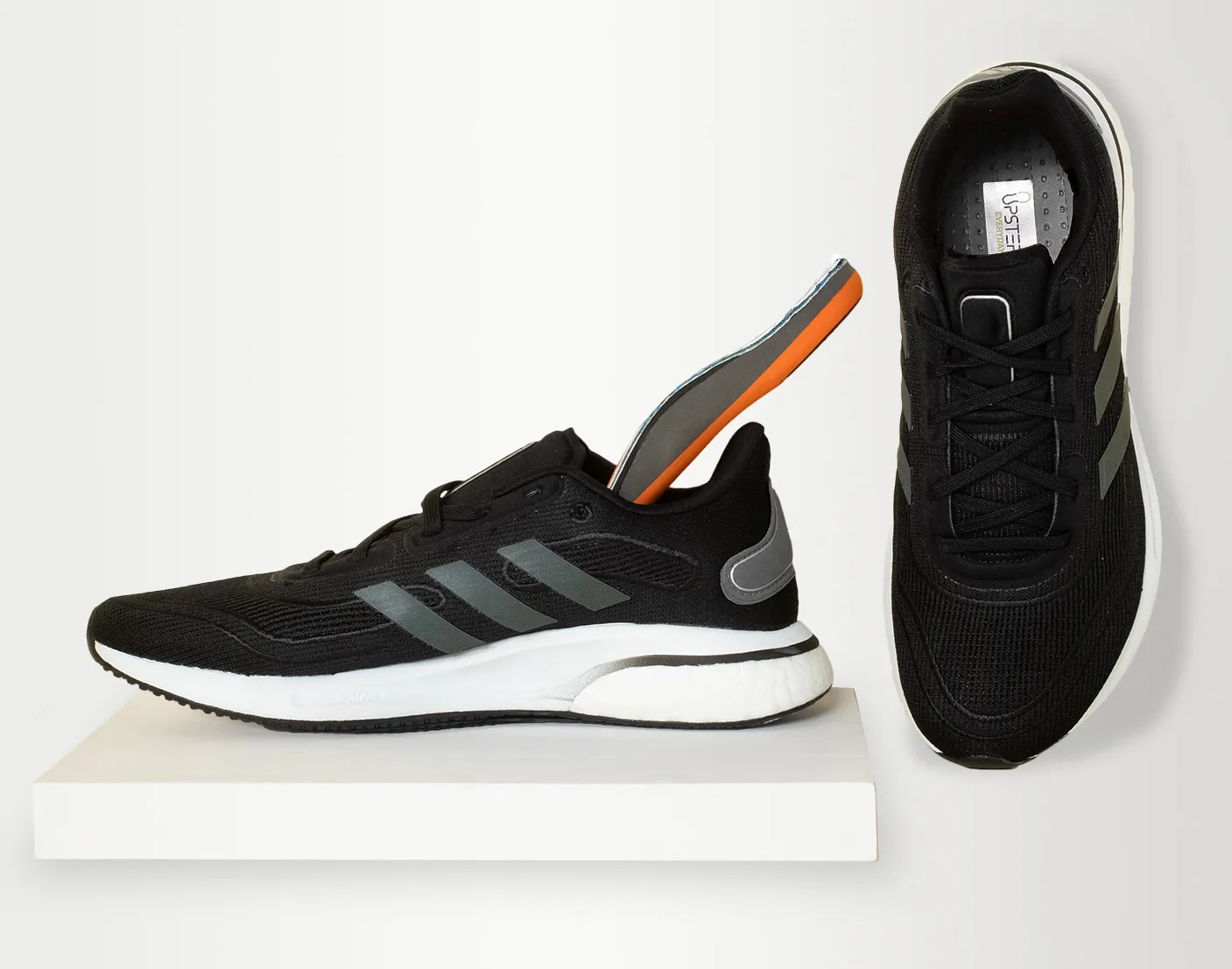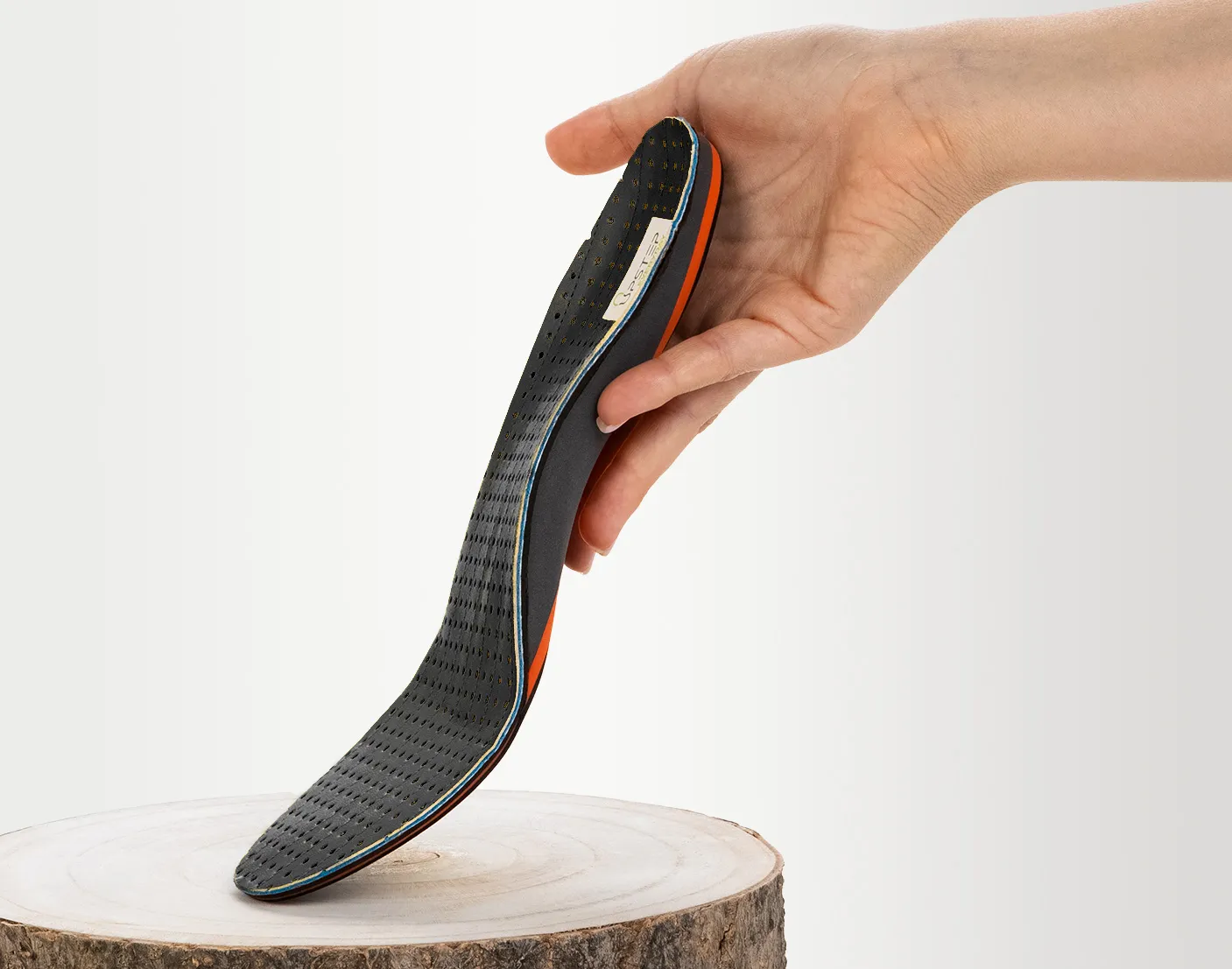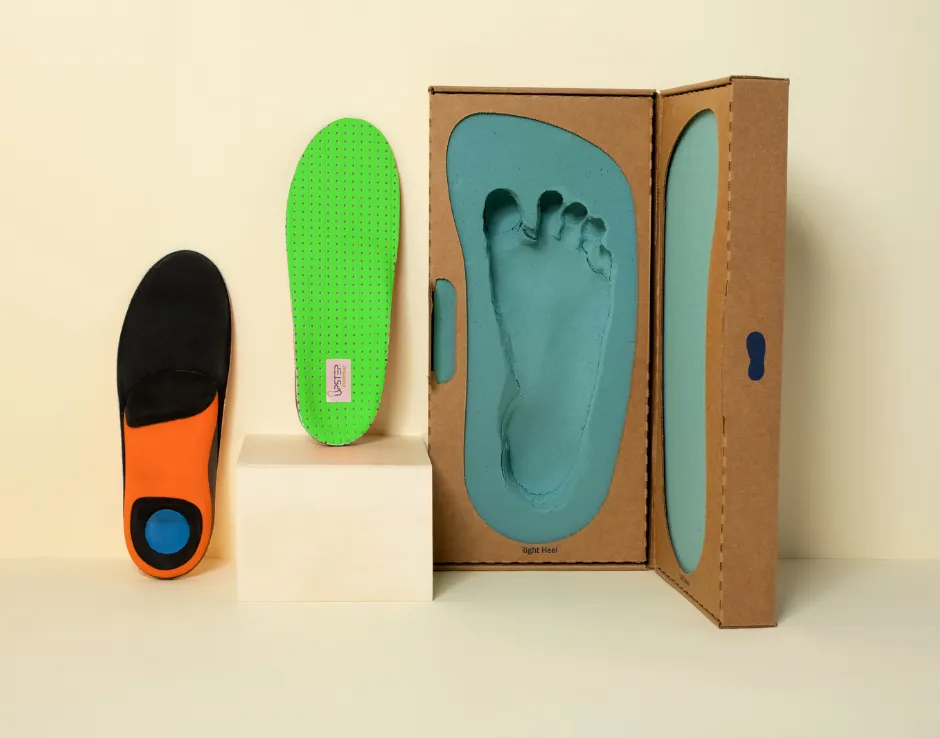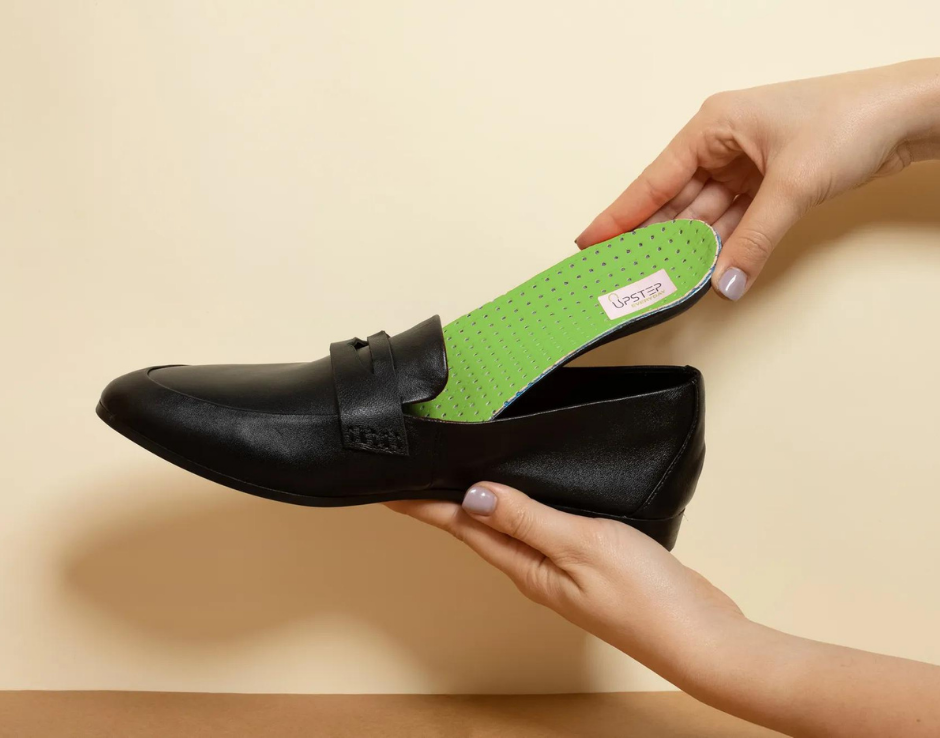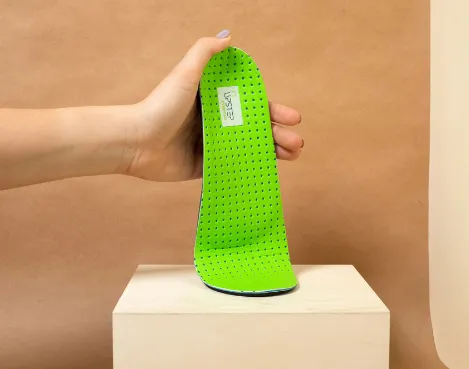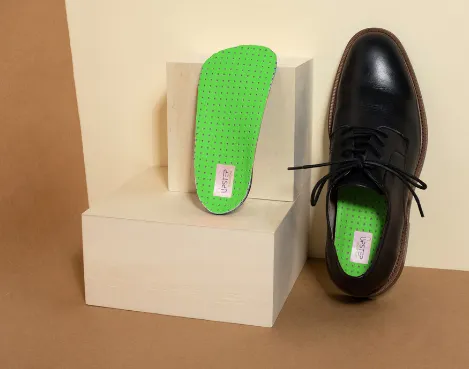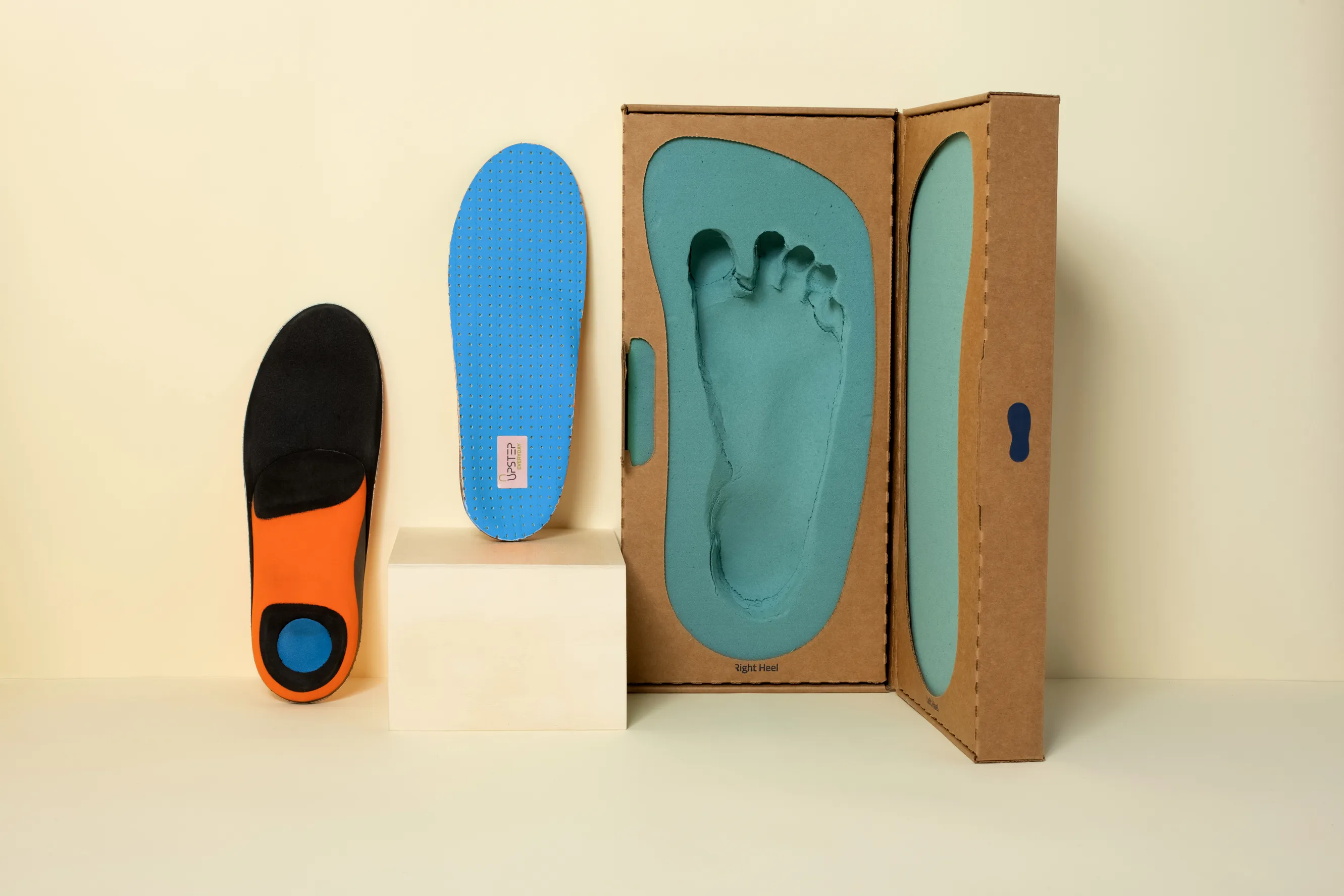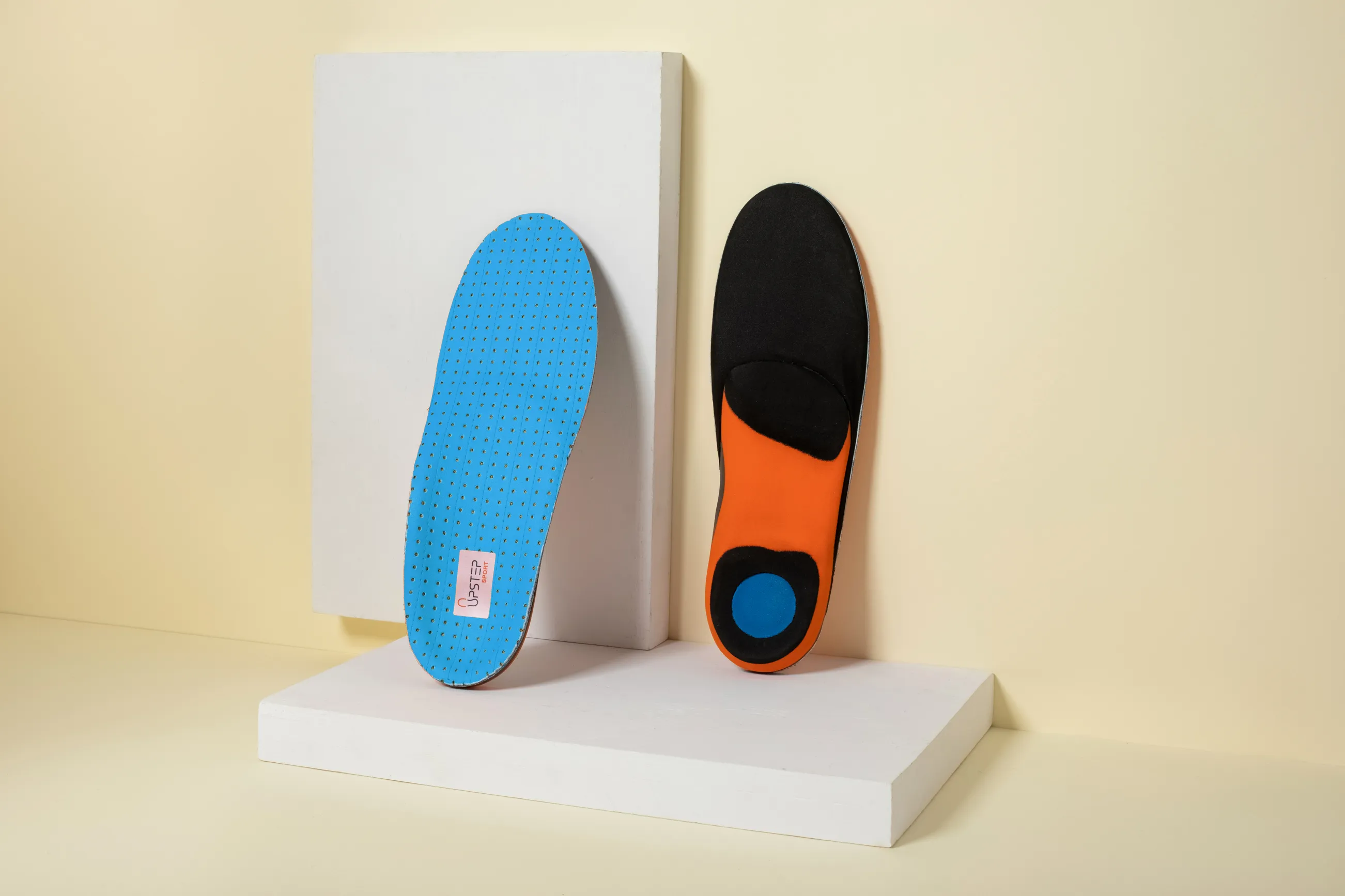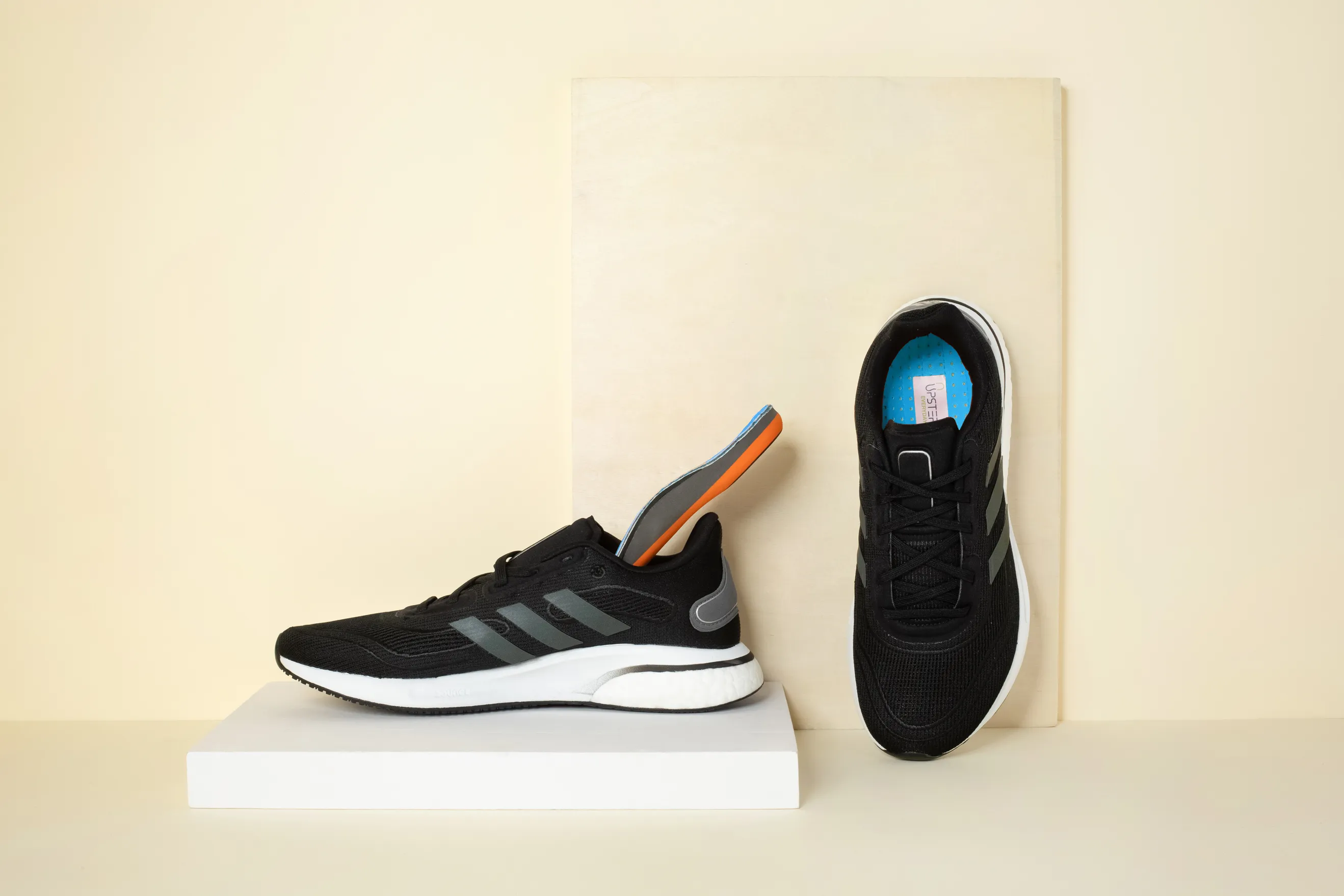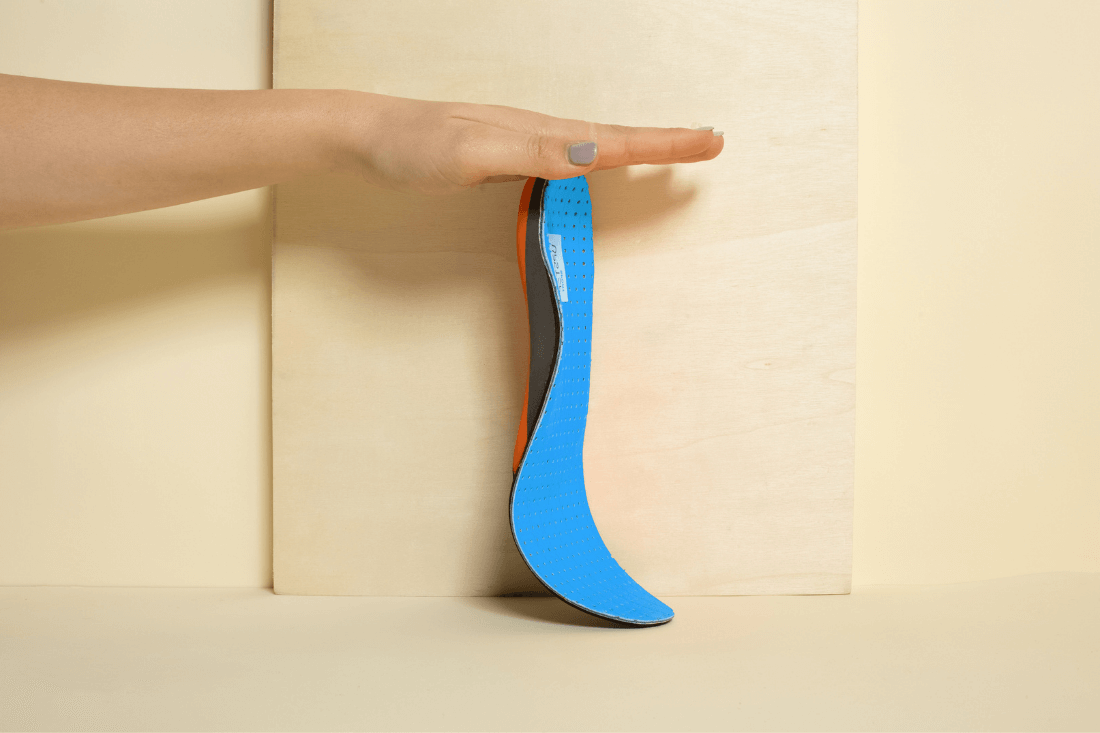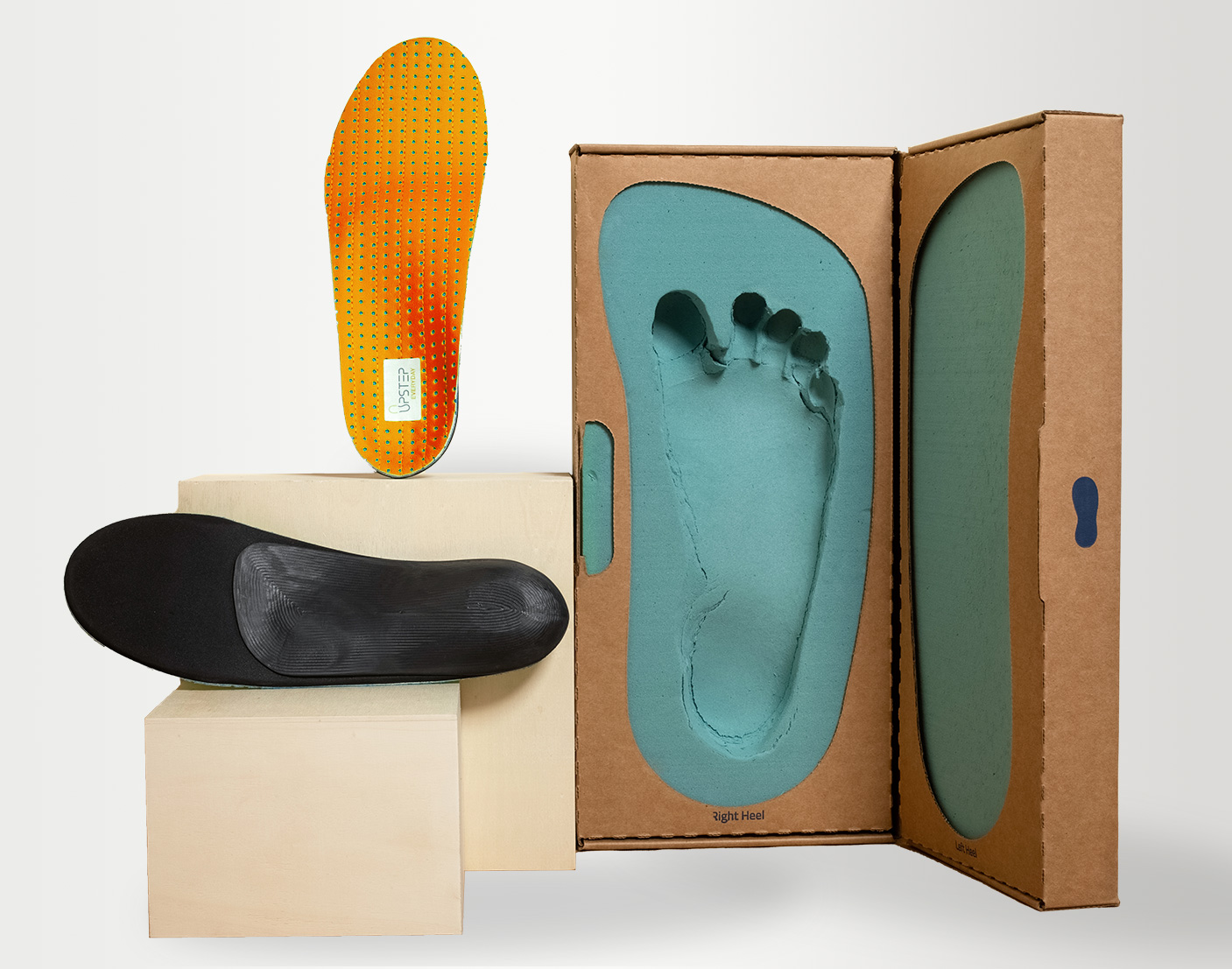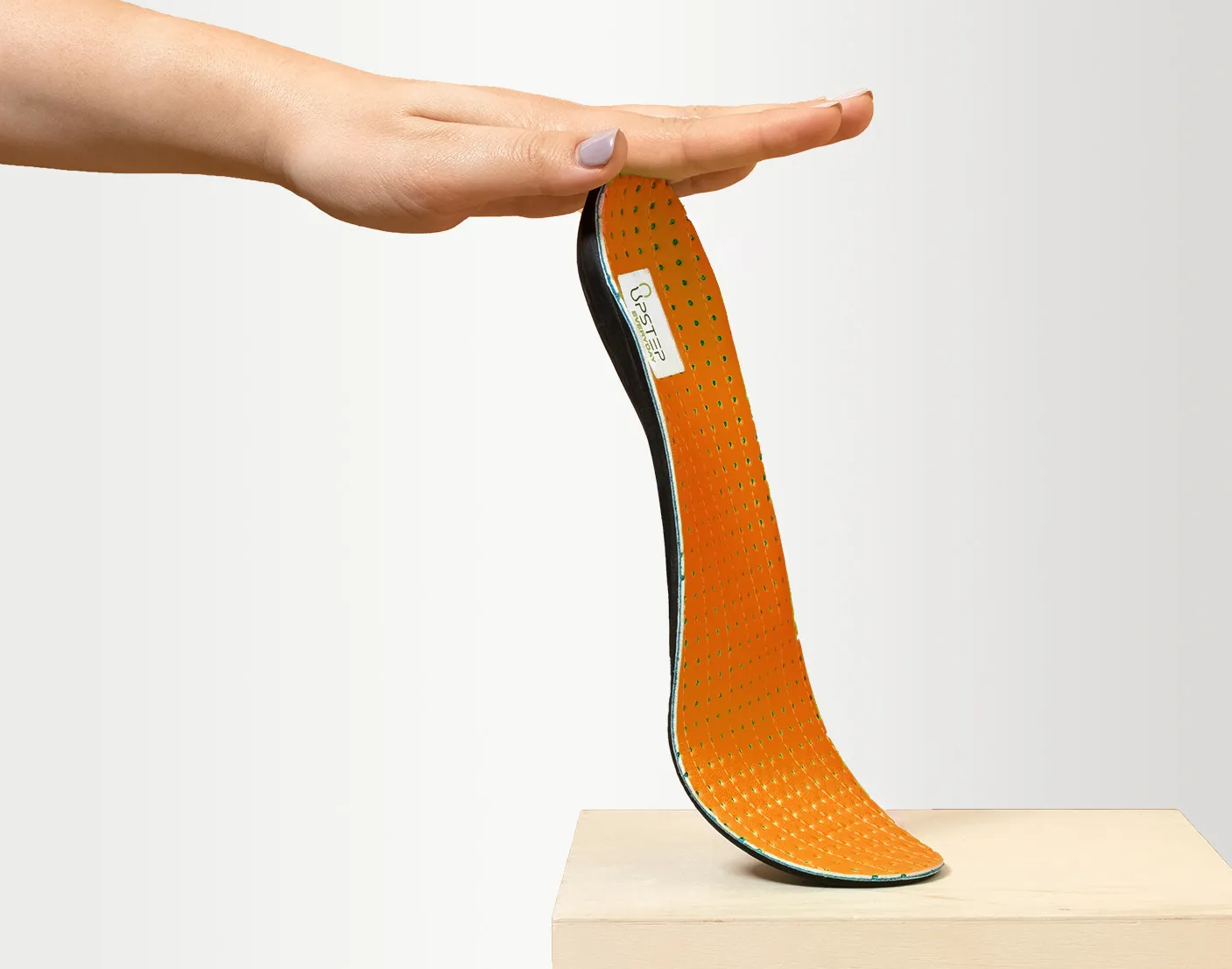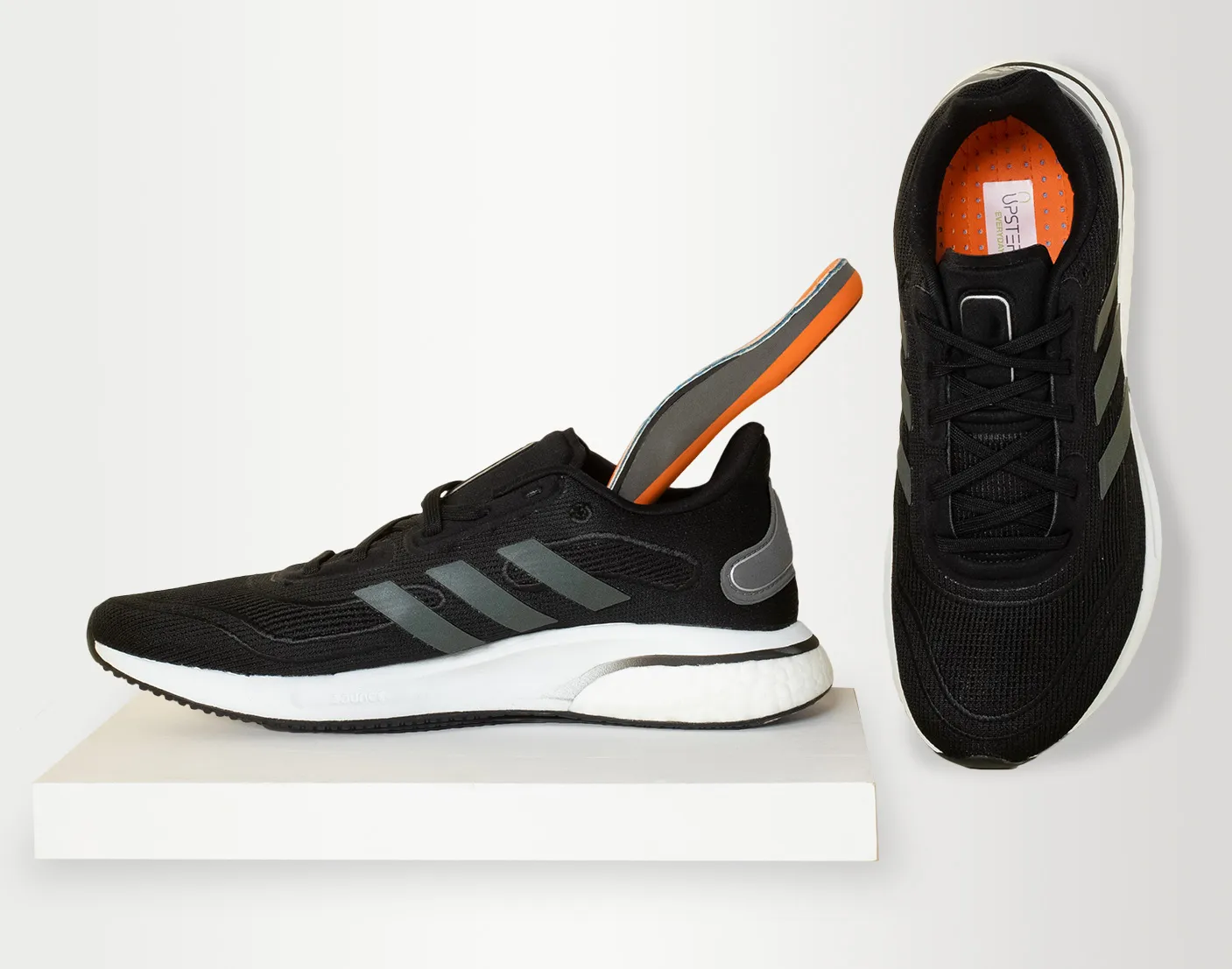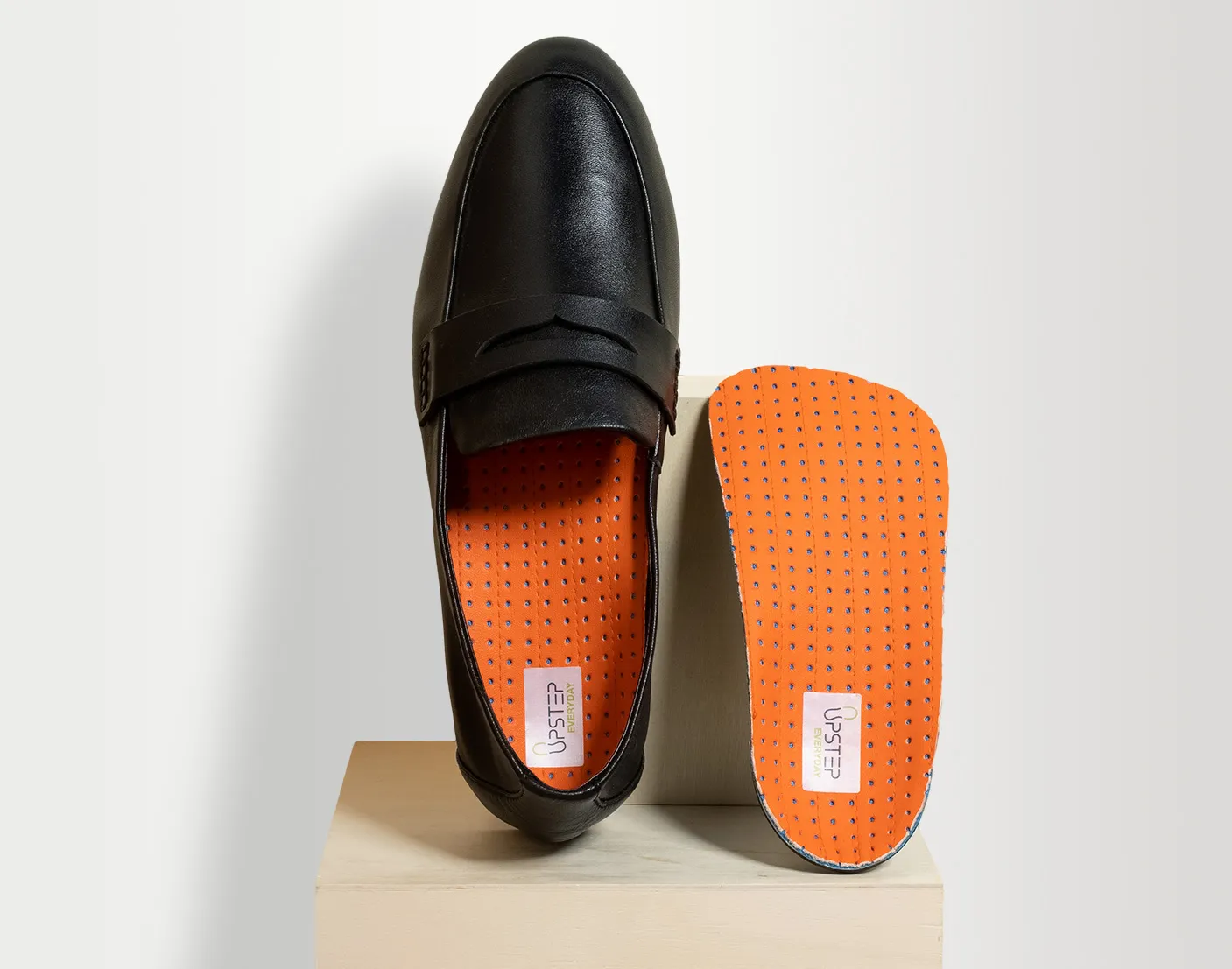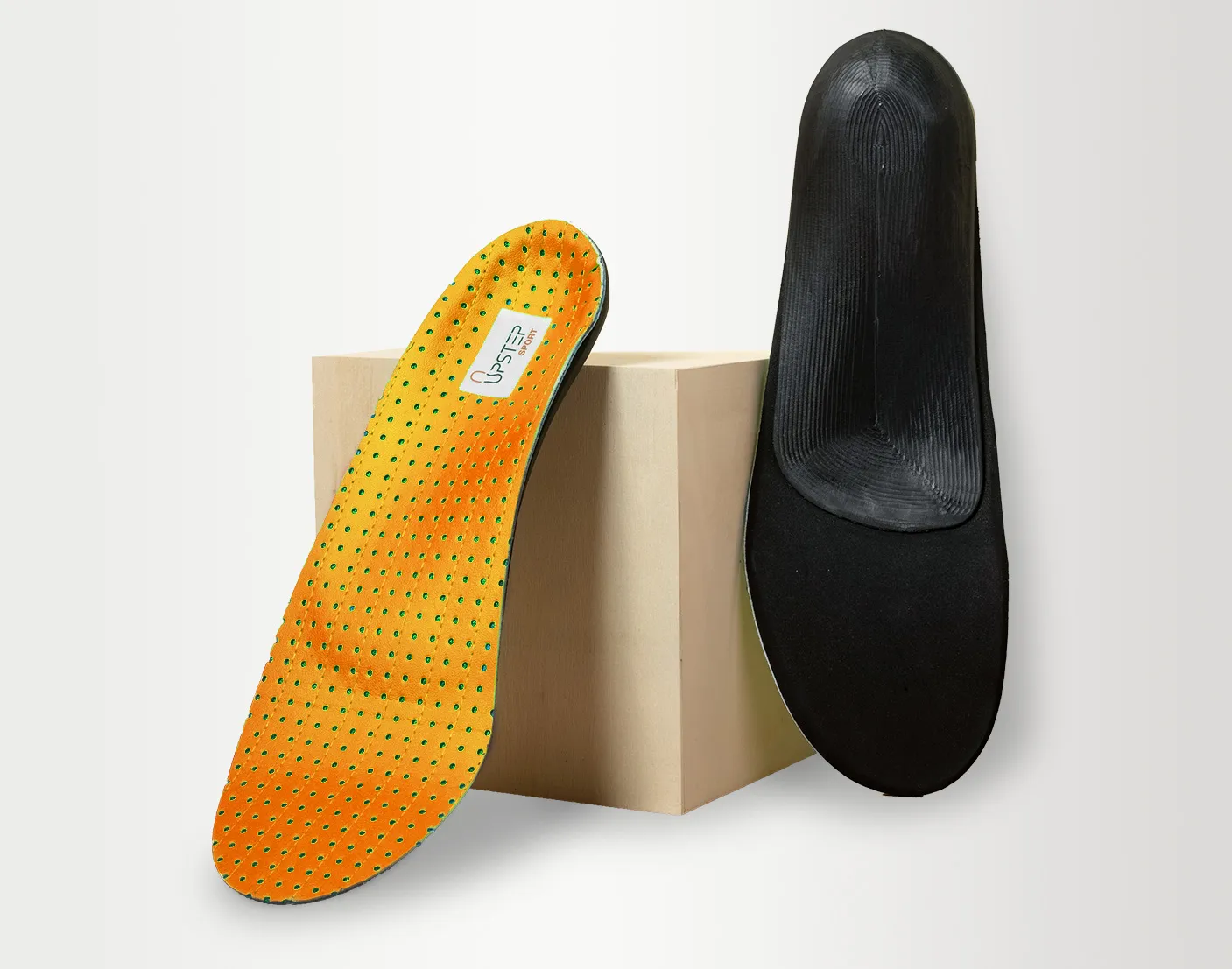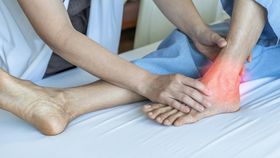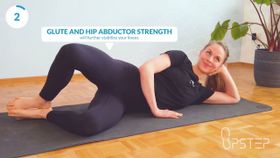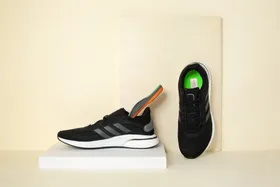5 Best Insoles for Standing on Concrete All Day—Podiatrists’ Choice for 2025
Standing on concrete all day? Explore the best insoles that nurses, construction pros, and retail workers swear by to crush foot pain—without swapping their work boots or sneakers.
Updated May 2, 2025.

Prolonged standing on concrete floors—especially in environments where work boots are required—might put the body in harm’s way. A study found that more people reported adverse symptoms when standing on a hard floor, such as a concrete floor reduces natural shock absorption and overpronation of the foot [1].
While you may have no control over the type of flooring you walk on, you can limit the impact of the flooring on your feet. To reduce the adverse effects of walking on concrete, you can opt for better footwear, stretch regularly, and get off your feet periodically. Perhaps an even more effective way is to get orthotics.
If your feet hurt from standing on concrete all day, check out the best insoles for concrete floors that will significantly reduce pain and discomfort while standing, working, or walking on hard surfaces.
» Browse the best insoles for walking and standing on concrete all day
Our Picks for the 5 Best Insoles for Walking and Standing All Day on Concrete Floors
What to Look for in Insoles for Standing on Concrete
- Comfort: To guarantee added comfort, the best insoles for standing on concrete are made from gel-like materials that provide added cushioning to the feet, absorbing the impact as you walk from place to place.
- Support: The best insoles for standing all day on concrete are a good fit for the foot and provide maximum arch support as you walk. Thus, they can distribute weight evenly as you walk, reducing the pressure on specific foot areas.
- Alignment: Apart from comfort and support, these insoles will also help you realign your ankle and lower body, controlling the motion of your flat feet while walking on a hard surface.
- Durability: There’s going to be a lot of pressure transmitted through the insole. So, ideally, you want to choose an insole made with durable and quality materials, so that you don’t have to keep changing it.
- Arch Height: You do not want an insole that is too high or too low. If the arch height of the insole does not match that of your feet, the effectiveness of the insole reduces.
- Design: Ensure that whatever insole design you opt for will fit into your daily shoes.
5 Best Insoles for Standing on Concrete All Day
Who Needs Insoles for Their Shoes?
Everyone needs insoles—that’s a fact. The type of insole may vary, as may the reason, but the need remains the same. If you relate to any of the following, you should definitely be wearing orthotics to help with pain and discomfort.
You wear work boots
Most work boots are often rigid to contribute to the safety of the feet while working. However, rigidity becomes a problem for the foot arch, which needs some flexibility. Over time, this can lead to varying foot conditions, including plantar fasciitis and metatarsalgia. Arch supports can give you the support necessary to make it through the day. You will have to consult with a podiatrist, this is how you will know if you need arch support or not.
You are over-weight
As body weight increases, the feet bear more pressure while walking. This can lead to a collapse of the foot arches and a biomechanical challenge as the body tries to accommodate.
You perform high-impact activities
Individuals who participate in high-impact activities like running, hiking, or jumping, subject their feet to more shock than the feet can naturally bear, thus get various benefits from using orthotics. With insoles, some of the shocks generated are absorbed, preserving the foot. Likewise, insoles can improve performance in those who are athletes by increasing energy transfer efficiency.
You stand all-day
If your work requires you to stand or walk for elongated periods daily, there will be extra pressure on your feet. An insole can take off some of the pressure on the foot.
You stand on hard floors
If you walk on a hard floor like concrete regularly, it eliminates the natural shock absorption in your feet, causing your legs to fatigue easily and increasing pain in your feet. With insoles, you can also curtail this.
» Thinking of getting insoles? Browse a variety of custom orthotics to find an ideal solution suited to your needs
What Are the Benefits of Wearing Insoles?
You are better off wearing insoles than you are staying away from them—here’s why:
- Reduce Injury Risk: Insoles reduce the risk of injury by providing added support, balance, and comfort and improving shock absorption to the feet.
- To Relieve Pain: Many foot conditions cause significant foot pain that can affect activities of daily living—insoles help relieve the symptoms.
- To Correct Deformity: Foot deformities like bunions will also benefit from using insoles as they help restore the alignment of the foot.
- Motion Control: By maintaining the natural foot alignment while walking or standing, insoles can help control foot motion. For instance, it can limit overpronation when used in treating flat feet.
Stand Strong: Get One of Podiatrists’ Top Picks for All-Day Comfort
Standing on concrete all day isn’t just tiring—it’s a fast track to foot pain, joint strain, and long-term musculoskeletal issues. But the right insoles can turn that punishing surface into a manageable workspace.
But let’s be honest: If you’ve tried generic insoles and still end the day wincing, it might be time to go custom. Upstep’s orthotics—molded precisely to your arches and gait—are a game-changer for nurses, construction workers, or anyone logging 50+ hours weekly on hard floors.
They will also help with severe overpronation, plantar fasciitis, or uniquely shaped feet that off-the-shelf options can’t accommodate.
Your feet endure thousands of pounds of force daily on concrete. Prioritize support now, or pay later in aches and bills. Whether you grab a trusted OTC pick or invest in a tailored solution, these best hard-floor insoles ensure you’ll stand taller shift after shift.
References:
- P. M. King, “A comparison of the effects of floor mats and shoe in-soles on standing fatigue,” Applied Ergonomics, vol. 33, no. 5, pp. 477–484, Sep. 2002, doi: 10.1016/s0003-6870(02)00027-3. Available: https://pubmed.ncbi.nlm.nih.gov/12236657/
Disclaimer: The information on this blog is for educational purposes only and is not a substitute for professional medical advice. Upstep does not provide medical diagnosis or treatment. While qualified podiatrists create our content, it's essential to consult with your healthcare provider for any foot or ankle concerns you may have.





